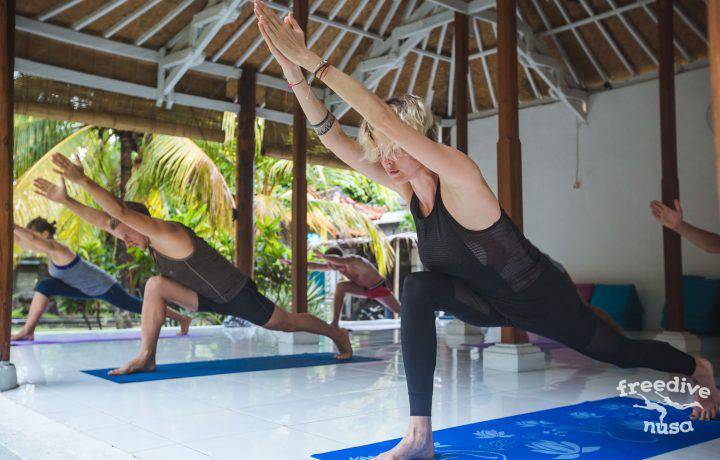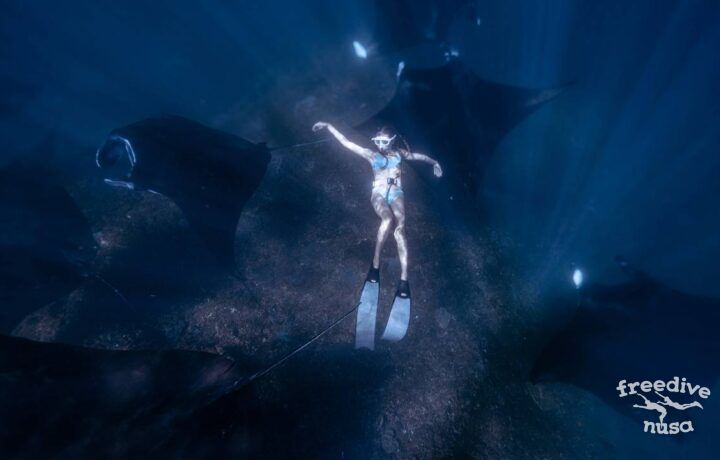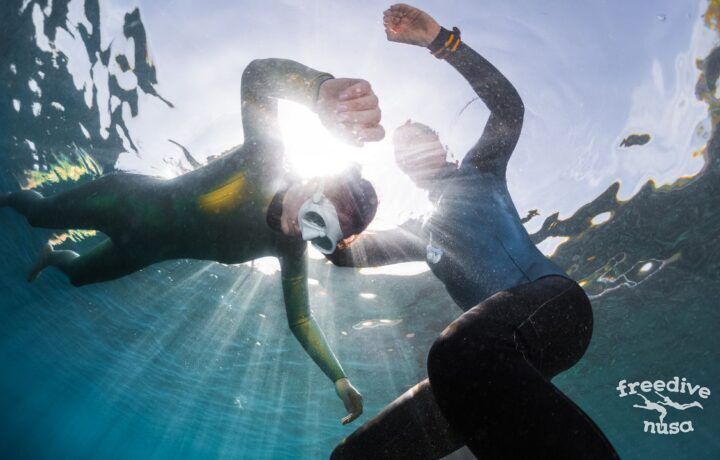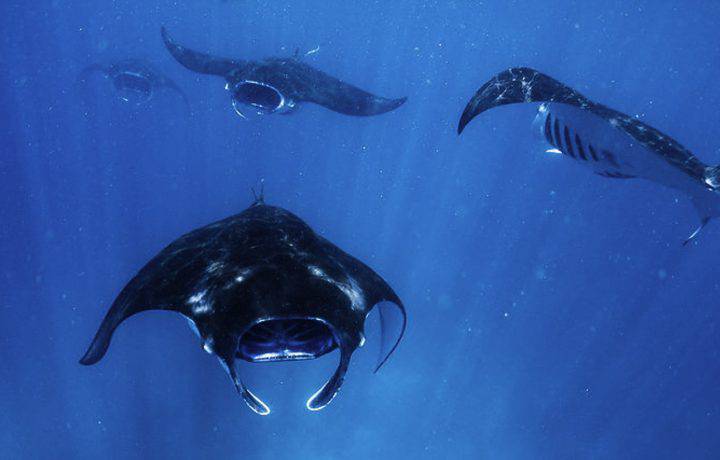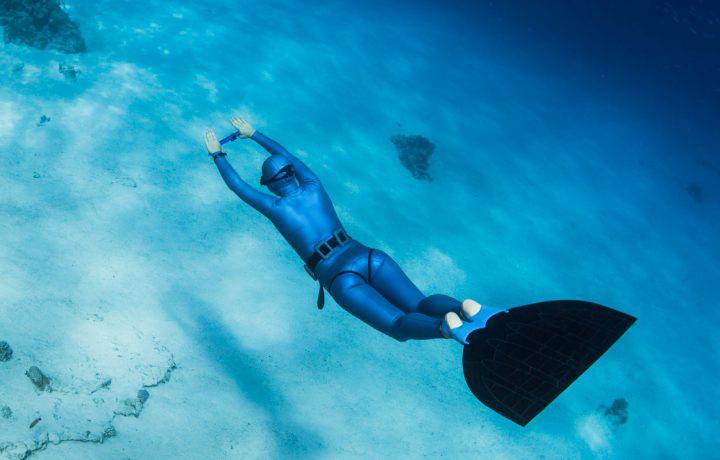In this short article, we’ll describe the importance of stretching and breathing exercises for freediving. Stretching is very useful and plays an important role in any sport, because muscle stiffness is generally bad. However, while in other sports stretching may be short and infrequent, it plays one of the most important roles in regular freediving training. We believe every freediver should incorporate stretching as part of their daily routine.
1) Preventing muscle cramps
Yoga and freediving often go hand in hand. Many freediving schools offer additional yoga lessons. Many yoga retreats contain elements of freediving. Many people have discovered yoga through freediving, and the other way around. The flexibility provided by stretching and yoga is very useful in preventing muscle cramps, which are very annoying and interfere with ascending during deep dives. Proper stretching and hydration (drinking water) is the best way to get rid of cramps.
2) Consuming less oxygen
After proper stretching, muscles become more relaxed and consume less oxygen, which is vital in freediving!

3) Developing good swimming technique
Stretching affects your swimming technique. Correct swimming in bi-fins requires ankle flexibility. For the monofin, you need good flexibility and mobility in the shoulders and lower back to extend your arms above your head comfortably and correctly and transmit impulse through the whole body to the fin.
4) Prevention of lungs squeeze
Another very important benefit of flexibility and mobility in the chest area is the prevention of lung squeezes. It’s the most common injury that athletes experience when diving below their residual lung volume, and one of the most dangerous ones. That’s why in deep freediving, lung stretching and stretching of the intercostal muscles and diaphragm is paramount.
 The reasons of lungs squeezes in freediving are still discussed and studied, but, undoubtedly, one of the main reasons is the lack of flexibility and mobility of the chest. If the diaphragm and chest are not flexible enough, they can’t compensate for the reduction in lung volume during immersion, which may lead to a barotrauma at a certain depth.
The reasons of lungs squeezes in freediving are still discussed and studied, but, undoubtedly, one of the main reasons is the lack of flexibility and mobility of the chest. If the diaphragm and chest are not flexible enough, they can’t compensate for the reduction in lung volume during immersion, which may lead to a barotrauma at a certain depth.
One of the simple and effective exercises used to stretch the diaphragm came in freediving from yoga and is called udiyana bandha. We learn this execcise during the first freediving course and recommend to do it regularly in the morning on an empty stomach. There are more “advanced” versions of lung stretching exercises in subsequent courses, but they all serve the same purpose.
5) Easier equalization
Another advantage of flexibility is the facilitation of pressure equalization. Even if you use the most efficient and safe Frenzel method (which we highly recommend), excessive tension and insufficient flexibility in the neck area may complicate equalization, because the muscles on the sides of the neck are connected to the muscles that we use to equalize. Therefore, tilting the head and stretching the side surfaces of the neck is also one of the important points in preparing for immersion and preventing problems when equalizing.
6) Decreasing residual volume
The last but not least is that lungs of an untrained person have a residual volume of about 25% of the total volume. This is the volume of air that always remains in the lungs after a full exhalation. On dry land, you can reach the residual volume by completely exhaling all the air. Another way is to dive to a depth until your lungs are compressed to their residual volume.
When you have reached the residual volume, you can no longer exhale air from the lungs, which means you can’t equalize the pressure with the usual methods that you are used to. Simple maths says that the lungs reach a volume of one quarter at a depth of 30 meters. One of the further advanced equalizing methods is to learn the mouthfill technique. But stretching the diaphragm and reducing the residual lung volume can also help a lot. In fact, the mouthfill is quite a recent invention, and before that, many top freedivers dove very deep without it thanks to the very good flexibility of their chest and diaphragm. This flexibility has an important advantage for freedivers: it increases the amount of air that can be ventilated before diving and reduces the residual volume, which makes it possible to equalize at a greater depth.
As you can see, stretching has numerous advantages. Any disadvantages? Sure! It takes time, and you need to practice regularly. But if you want to seriously engage in freediving and prepare for depth, you need to accept this and make stretching a part of your everyday life to improve your muscle flexibility, avoid injuries, and boost your technique. Moreover, this is a great way to wake up and warm up!

Sign up for our Freediving Beginner Course – Level 1.

